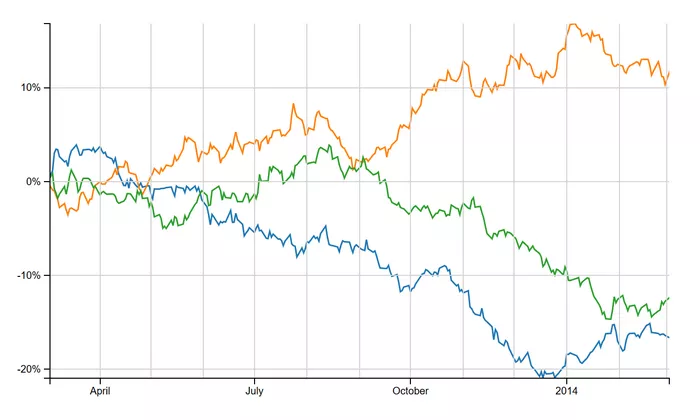Mexico’s peso plunged to its lowest level in over two years on Wednesday, as markets reacted to growing expectations that Donald Trump might win the U.S. presidential election. This drop extends a period of volatility and weakness for the Mexican currency, which is seen as a key indicator of emerging market trends.
The peso fell to 20.8038 per U.S. dollar, marking the first time it had reached this level since August 2022. The currency was more than 3% weaker than its previous close, experiencing its largest decline since Mexico’s election turmoil in the summer. While most emerging market currencies have struggled against the strengthening U.S. dollar, the peso has seen some of the steepest losses.
Market Reactions to Trump’s Prospects
“The Mexican peso has been hit hard,” said Chris Turner, global head of markets at ING. He explained that high market volatility is undermining the carry trade, a strategy involving borrowing in low-interest currencies and investing in higher-yielding assets. Turner also noted that there is a possibility the peso could weaken further, potentially reaching 22.00 to the dollar in the coming weeks.
In 2016, after Trump’s first presidential win, the peso plummeted by around 8.5%, hitting a historic low. This drop followed concerns about potential trade disruptions and anti-Mexican policies under Trump’s administration.
U.S. Election Results Drive Dollar Strength
The dollar began to climb sharply after early signs of a Republican victory in Georgia. This momentum continued to build, pushing the U.S. dollar index to its highest point in four months. Market participants have been particularly concerned about the possible return of trade barriers under a Trump-led administration.
Long-Term Concerns for the Peso
Turner warned that 2025 could be a “rough year for the peso” if President Trump questions the renewal of the United States-Mexico-Canada Agreement (USMCA) during its review in 2026. The trade pact, which replaced NAFTA, came into effect in 2020 and is seen as vital for Mexico’s economy.
Other issues, such as immigration policies and the flow of remittances from Mexico to the U.S., are expected to be key points of tension under a potential Trump presidency, further complicating the economic outlook for Mexico.
The peso’s sharp decline reflects broader market anxieties about trade relations, the U.S. economy, and political uncertainty in both Mexico and the United States. As the U.S. election results unfold, the peso’s trajectory remains closely tied to these unfolding developments.
Related topics:






























